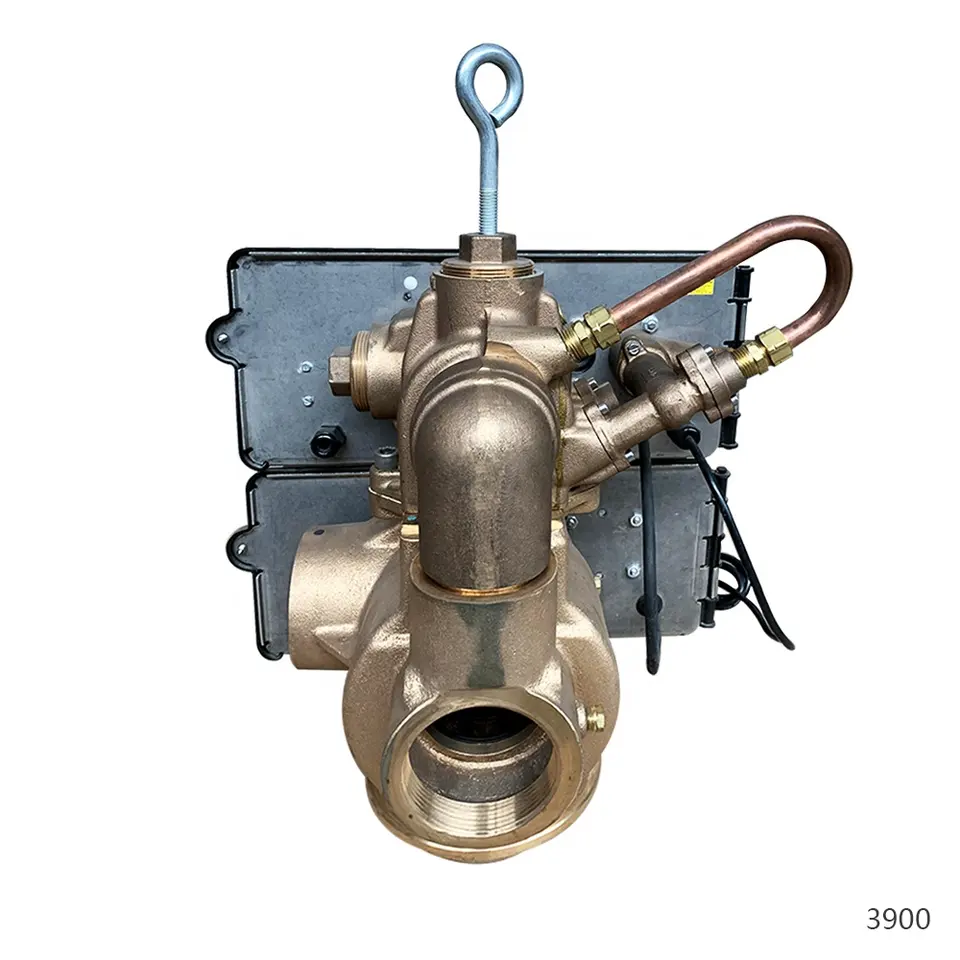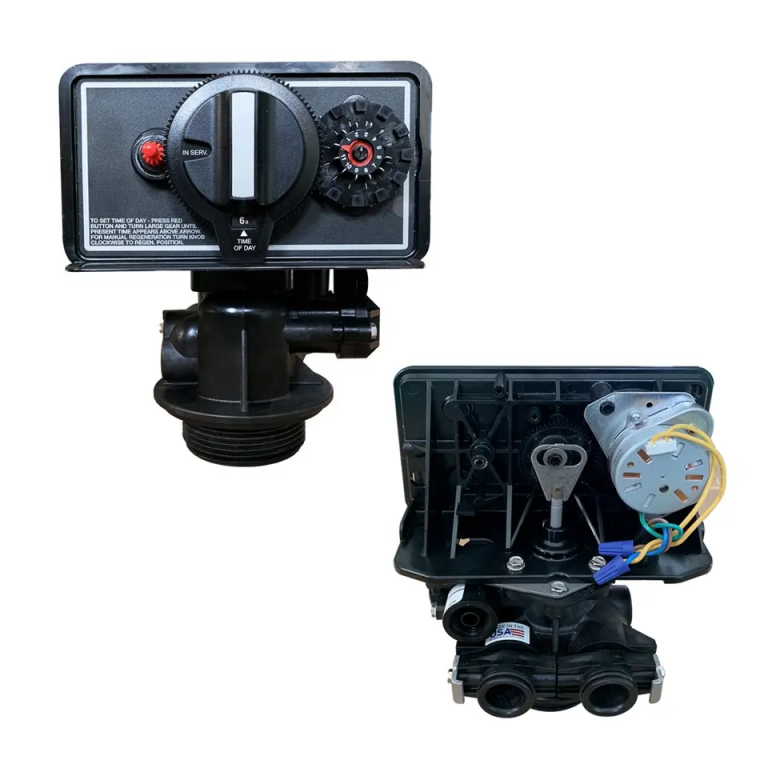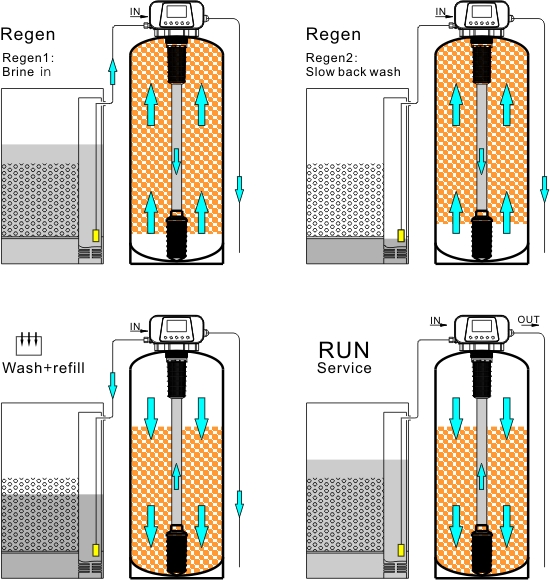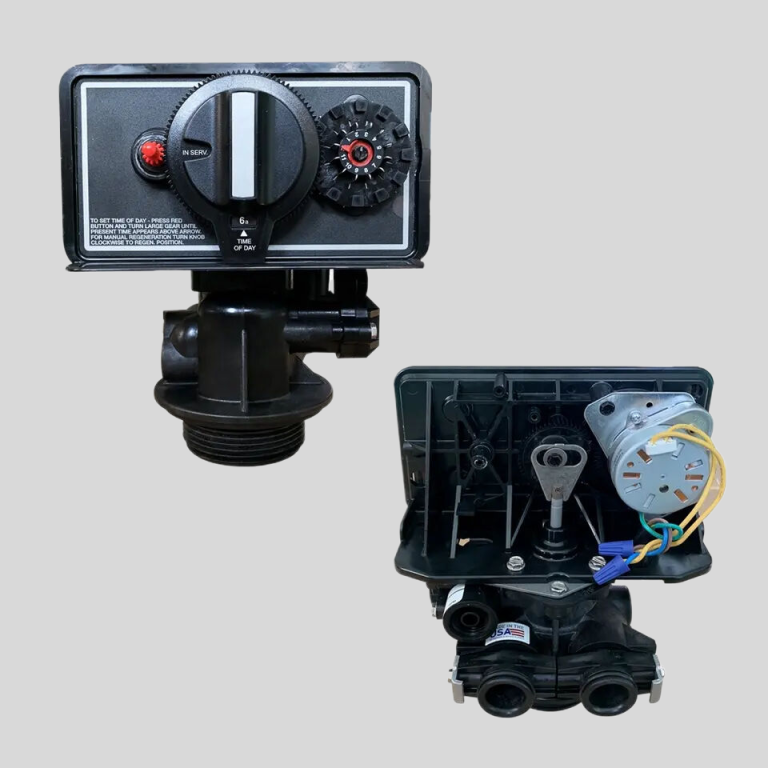Signs of a bad water valve: Leaks, low water pressure, inconsistent water flow.
Signs of a Faulty Water Valve
A water valve is a crucial component of any plumbing system. It controls the flow of water, allowing you to turn it on or off as needed. However, like any mechanical device, water valves can wear out or become faulty over time. It is important to be able to recognize the signs of a bad water valve so that you can address the issue promptly and prevent any further damage.
One of the most common signs of a faulty water valve is a leak. If you notice water dripping or pooling around the valve, it is a clear indication that something is wrong. Leaks can occur due to a variety of reasons, such as a worn-out seal or a cracked valve body. Regardless of the cause, it is important to address the issue as soon as possible to prevent water damage and wastage.
| Model | Central tube | Drain | Brine tank connector | Base | Power supply parameters | Maximum power | Pressure parameters | Operating temperature |
| 2900 | 1.9″(1.5″)O.D. | 3/4″NPTM | 3/8″&1/2″ | 4″-8UN | 24v,110v,220v-50Hz,60Hz | 143W | 2.1MPa | 1℃-43℃ |
| 0.14-0.84MPa |
Another sign of a bad water valve is difficulty in turning it on or off. If you find that the valve is stiff or requires excessive force to operate, it may be a sign of internal damage or corrosion. Over time, mineral deposits and rust can build up inside the valve, hindering its smooth operation. If left unattended, this can lead to complete valve failure, making it impossible to control the water flow.
In some cases, a faulty water valve may produce strange noises when it is being operated. If you hear a hissing, whistling, or banging sound coming from the valve, it is an indication that there is a problem. These noises can be caused by a variety of issues, such as a loose or damaged washer, a faulty stem, or a buildup of sediment. Ignoring these noises can lead to further damage and potentially costly repairs down the line.
One of the more serious signs of a bad water valve is a sudden drop in water pressure. If you notice a significant decrease in water flow throughout your plumbing system, it could be due to a faulty valve. A valve that is not fully open or is partially blocked can restrict the flow of water, resulting in reduced pressure. This can be particularly problematic in areas where high water pressure is necessary, such as showers or sprinkler systems.

Lastly, a faulty water valve may cause fluctuations in water temperature. If you experience sudden changes in the temperature of your water, it could be due to a malfunctioning valve. A valve that is not properly regulating the flow of hot and cold water can result in inconsistent temperatures, making it difficult to enjoy a comfortable shower or maintain the desired temperature in your home.
In conclusion, recognizing the signs of a faulty water valve is essential for maintaining a properly functioning plumbing system. Whether it is a leak, difficulty in operation, strange noises, decreased water pressure, or temperature fluctuations, any of these signs can indicate a problem with the valve. If you notice any of these signs, it is important to address the issue promptly to prevent further damage and ensure the efficient flow of water in your home.





